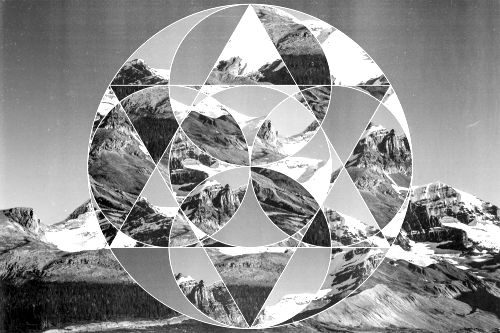
The art and science of quantum annealing to arrive at a best of all worlds answer to difficult questions has been well understood for years (even if implementing it as a computational device took time). But that area is now being turned on its head—all for the sake of achieving more nuanced results that balance the best of quantum and classical algorithms.
This new approach to quantum computing is called reverse annealing, something that has been on the research wish-list at Google and elsewhere, but is now a reality on the newest D-Wave 2000Q (2048 qubit) hardware. The company described the reverse annealing process yesterday at a workshop at the Supercomputing Conference (SC17) in Denver.
Recall that quantum computer maker D-Wave’s systems are different from the gate model based approaches from IBM and Google, for instance. Since so much in the quantum systems world is difficult to explain, let’s take a quick plain English look at D-Wave’s regular (forward) quantum annealing computing approach before putting it in reverse.
With the quantum annealing approach, users begin with a massive amount of data that must be mapped to an energy space. This mapping process is actually a common mathematical strategy for algorithms for areas like simulated annealing or parallel tempering and is a classical way to find solutions—or a (set of solutions across multiple runs). This map is set in a highly quantum mechanical state as a superposition of all the potential solutions (the landscape). Then the D-Wave machine slowly turns down this quantum state (this is where quantum tunneling, entanglement and superposition all happen) and as the strength subsides ad the quantum mechanical wave function that is laid across this landscape of possible solutions is like a water level; it drops a bit, showing the peaks of mountains (the least correct) and as winds down, at the bottom (valleys) are the solution sets that are most correct.
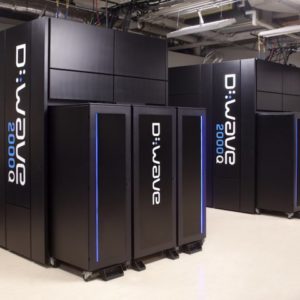 This is a dramatic oversimplification since it does not address how quantum mechanics maintains interactions between the valleys isolated by mountains in this landscape analogy (this would involve more details on coherence and entanglement). But ultimately as the computation continues and the quantum dynamics are tuned down, the results are revealed. For most uses, this process is repeated several times, depending on the problem and how many runs are needed. These results are delivered as a 2048-bit number for turnover to classical algorithms from there.
This is a dramatic oversimplification since it does not address how quantum mechanics maintains interactions between the valleys isolated by mountains in this landscape analogy (this would involve more details on coherence and entanglement). But ultimately as the computation continues and the quantum dynamics are tuned down, the results are revealed. For most uses, this process is repeated several times, depending on the problem and how many runs are needed. These results are delivered as a 2048-bit number for turnover to classical algorithms from there.
Make sense? So, in essence, this is a very defined starting point to arrive at a complex, diverse set of answers from the quantum process. But what would happen for those that might want to use classical methods (tempering and simulated annealing) to hone in on a particular valley and see it much finer detail—allowing for revelations that a classical algorithm couldn’t touch?
It is this question that gets to the heart of why this is an important addition to the lineup of quantum computing capabilities.
It is now possible to give results from classical algorithms to the quantum annealer and work backwards. The system starts off with the classical state, then backs up in the annealing process so it introduces quantum dynamics and lets the solution explore the landscape instead—all from that new specific starting point. So rather than coming from a superposition of all states, the method places the focus on one spot in the landscape and lets it explore from there with quantum mechanics. This means it is possible to deal with different kinds of “landscape features” that are tough to work with classically and that a traditional “forward” annealing approach would miss.
As D-Wave SVP for Systems, Jeremy Hilton tells The Next Platform, “this vision of reverse annealing is what we have heard from customers like Google as an important next step from what we do with forward annealing. Running parallel tempering and quantum annealing hand in hand with exploring the landscape in one classical way while then handing off solutions to the reverse annealing to explore things in a quantum mechanical way is a best of both worlds strategy to these ultra-difficult problems.”
“We are excited about the availability of reverse annealing in the D-Wave 2000Q system. We developed a new algorithm for quantum enhanced optimization, called quantum assisted parallel tempering, which depends on the ability to start the system in a classical state and then to increase the quantum fluctuations,” said Hartmut Neven, Director of Engineering at Google, where he leads the Quantum Artificial Intelligence Laboratory.
Some customers already have early access to the D-Wave 2000Q but for wider availability, look for this to emerge in the middle of 2018. The company also announced another new development for the 2000Q, virtual graphs, which we will detail at a later date.


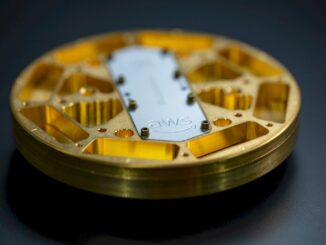
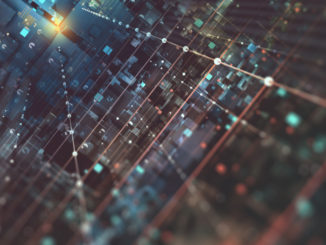
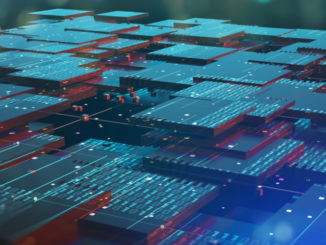
So why not take the answer derived by classic quantum means and use that as input into reverse annealer quantumization?
What about overheating and seamless integration?